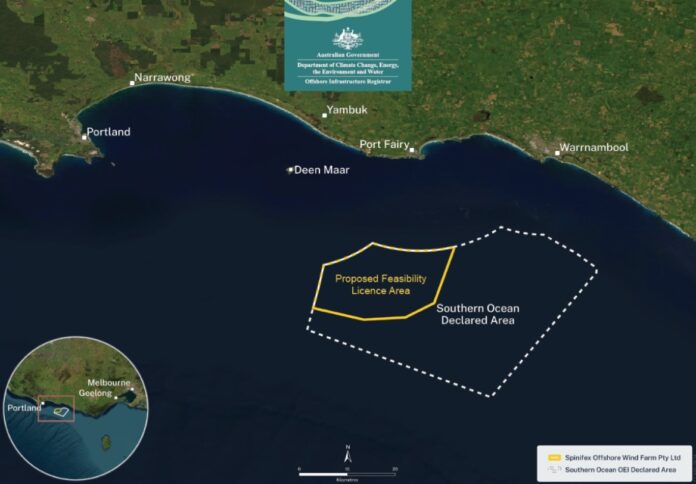Offshore wind to power 650,000 homes, create jobs in Southwest Victoria – Australian Manufacturing

- by Admin
- September 27, 2024


The Australian Government has taken a step forward in its Reliable Renewables Plan by advancing the development of offshore wind energy in the Southern Ocean.
The latest move involves a preliminary offer of a feasibility licence for the Spinifex Offshore Wind Farm, a project being spearheaded by Alinta Energy and Parkwind, part of JERA Nex.
If the project goes ahead, the proposed wind farm could generate 1.2 GW of electricity—enough to meet around 10 per cent of Victoria’s electricity needs and power approximately 650,000 homes.
In addition to supplying clean energy, the project is expected to inject hundreds of millions of dollars into Southwest Victoria’s economy and create hundreds of jobs during both the construction and operational phases.
“My decision is a big step towards powering communities and industries across Southwest Victoria with reliable renewables delivered by an offshore wind industry,” said Chris Bowen, Minister for Climate Change and Energy.
“Offshore wind represents a huge opportunity for regional Australia, providing reliable renewables to power homes and heavy industry while creating highly skilled and well-paid jobs now and into the future.”
The potential economic impact of the Spinifex project goes beyond energy generation, with plans to leverage existing local expertise and infrastructure in Portland and surrounding areas to support future onshore manufacturing for Victoria.
To ensure the project maximises regional benefits, the government will convene a Southern Ocean Wind Industry Committee.
The committee will bring together state and local governments, First Nations groups, local industry, and workers’ representatives, aiming to boost local content and benefit workers, local businesses, and the regional economy.
Victorian Minister for Climate Action, Energy, and Resources, Lily D’Ambrosio, underscored the importance of the project for Victoria’s renewable energy future.
“Victoria has world-class offshore wind resources, and we look forward to Spinifex harnessing that to create reliable renewable energy for our homes and businesses,” she stated.
“This is another step closer to delivering our target of at least 2 GW of offshore wind energy by 2032 and will also help us get to net zero by 2045.”
D’Ambrosio also emphasised the social and economic benefits for the region: “Offshore wind will create real benefits for Victoria and Australia’s renewable energy production—creating hundreds of jobs, support for our key industries, and reliable renewable energy as coal-fired power plants close.”
As part of the initiative, the Spinifex Offshore Wind Farm will implement a community benefit-sharing program and has already identified local businesses that can play a role in the project.
The Australian Government will continue to consult with First Nations groups, local communities, unions, and marine users to ensure the project aligns with the region’s needs and values.
“I’ve made a preliminary decision to offer a feasibility licence to Spinifex’s project, which will support hundreds of new, high-value jobs and a future made in regional Victoria,” Bowen added.
Should the feasibility study prove successful, the Spinifex Offshore Wind Farm will need to secure all necessary approvals, including environmental assessments, before applying for a commercial licence that would allow construction to begin.
The Latest News
-
December 23, 2024‘See-ball, hit-ball’: Sam Konstas to put pressure on Jasprit Bumrah in Boxing Day Test
-
December 23, 2024Alex de Minaur makes Christmas Day pledge: ‘Never satisfied’
-
December 23, 2024News Corp. and Australia Telecom Company Telstra Agree to Sell Foxtel to Streaming Sports Platform DAZN in $2.1B Deal
-
December 23, 2024Alex de Minaur is coming off the ‘best year’ of his career… but he wants more in 2025
-
December 23, 2024Sorry, Charlie. Son of Tiger makes his first career ace, but Team Woods loses to Team Langer on first playoff hole – Australian Golf Digest





